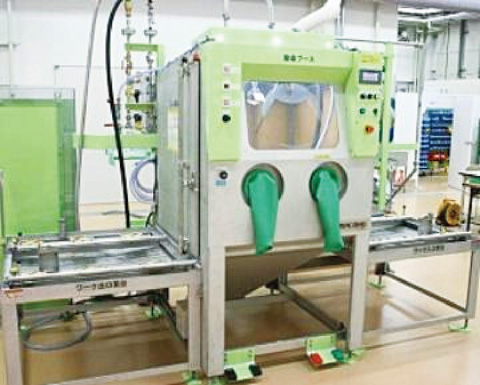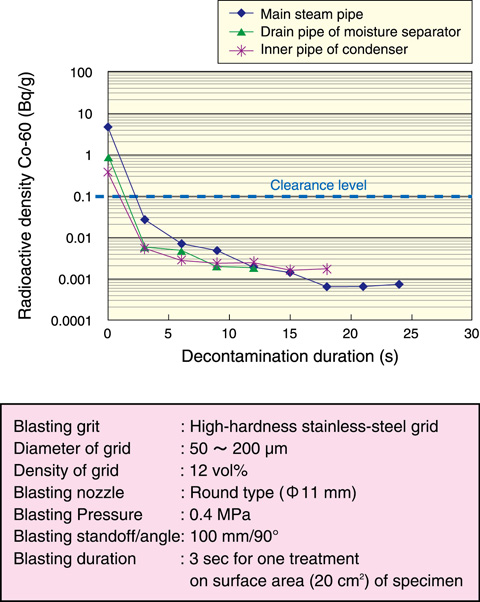
Fig.13-1 Wet blast decontamination device (manual type)

Fig.13-2 An example of decontamination performance (carbon steel used at “FUGEN”)
The Fugen Decommissioning Engineering Center (“FUGEN”) is now decommissioning the advanced thermal reactor facilities. To do so, radioactive waste that has extremely low levels of radioactivity generated during decommissioning must be treated so that the waste can be either reused and/or recycled as clearance resources or disposed of as industrial waste.
Turbine facilities are now being dismantled and removed at “FUGEN”, and we are preparing to apply a decontamination process to those metals that are dismantled. To enter into clearance, technology is required to remove radioactive substances from metal surfaces, thereby reducing the concentration of residual radioactive substances to acceptable levels.
We developed a decontamination technology that provides the necessary containment of dust created by decontamination. The technology is a manually operated “wet blast method” (Fig.13-1) that removes radioactive substances adhering to metal surfaces. The blast material is water, pressured to a few atmospheres at droplet sizes of some tens to hundreds of microns.
Before beginning the decontamination work, tests were conducted to confirm that the required level of decontamination could be achieved. Using the specimens collected in the dismantled materials at “FUGEN”, we were able to establish values for process parameters that enable the technology to successfully reduce radioactivity to the required levels.
By removing rust and paint, residual radioactivity on carbon and stainless steel can be reduced to levels below the clearance level in a short period (Fig.13-2), and decontamination factors (the ratio of residual radioactivity before and after decontamination) of not less than 100 can be obtained for any of the materials. Liquid waste generated by decontamination is treated in an existing liquid waste treatment facility. This facility filters blast material from the wastewater so that no dedicated disposal device is needed.
This technology is now being used to decontaminate metal parts from the turbine facility. This work will enable us to accumulate knowledge that will help us refine the process, including scale-up and automation.
<Previous: 13 Development of Experimental Techniques / Facilities at JAEA R&D Centers | Next: 13-2 >